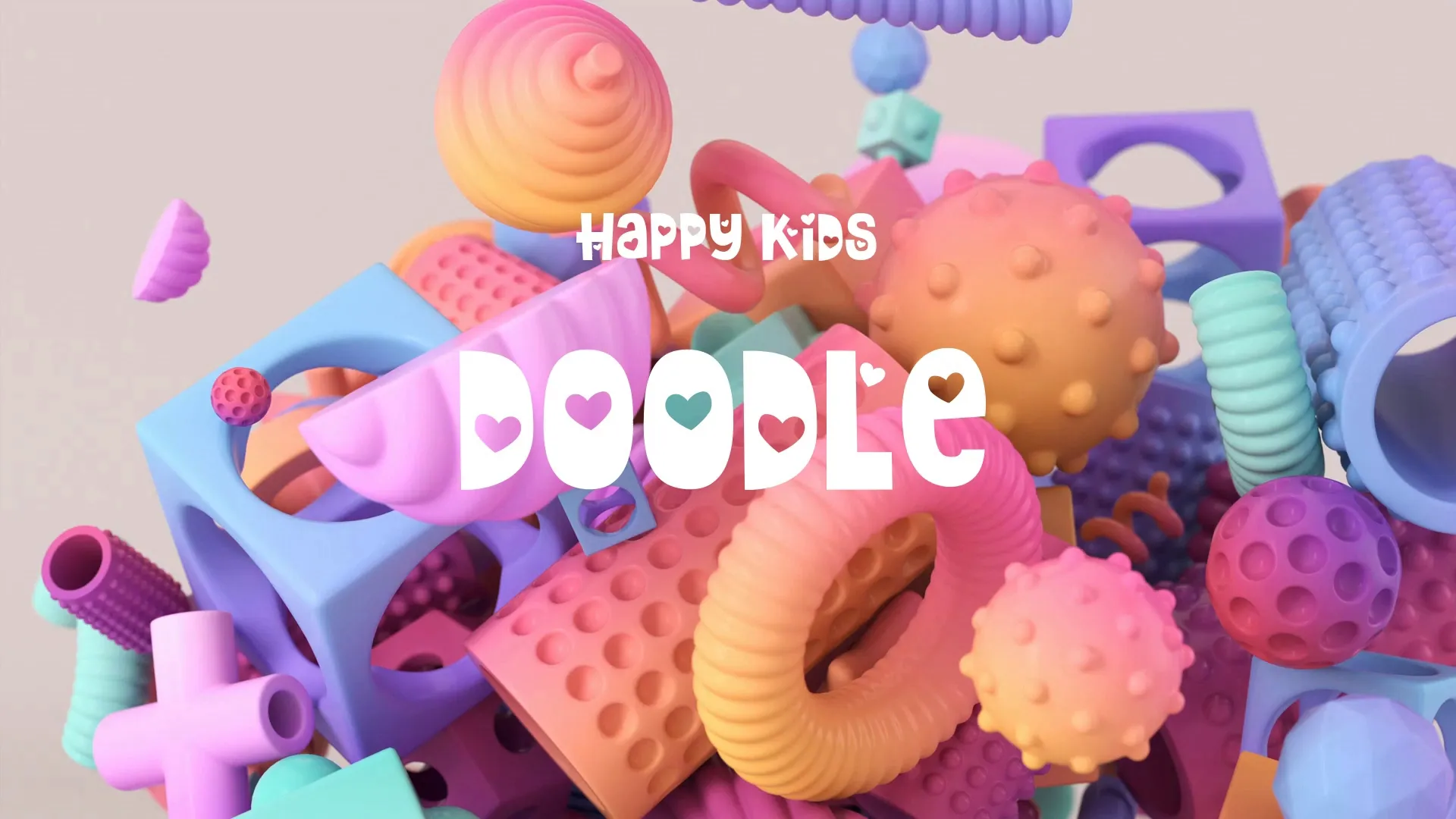Next-Gen Game Production: Optimizing Workflow with Innovative Software & Real-Time Rendering
Game development demands efficiency. Next-generation software and real-time rendering are no longer luxuries; they are essential for optimizing production workflows.
This article outlines how indie developers can leverage these advancements to build, design, and ship games faster.
The Power of Real-Time Rendering in Production
Real-time rendering fundamentally changes asset creation and iteration. Artists can see immediate visual feedback, reducing guesswork and revision cycles.
This immediate visualization accelerates decision-making across art, design, and animation teams.
Real-time engines also enable rapid prototyping, allowing developers to test concepts and mechanics directly in engine.
This significantly shortens the feedback loop between design and implementation.
Innovative Software for Enhanced Workflow
Modern game development relies on a suite of innovative tools. These tools automate tedious tasks and improve collaboration.
Integrated development environments (IDEs) with robust debugging and profiling tools are critical for code quality.
Version control systems like Git are non-negotiable for managing code and assets, preventing conflicts and ensuring project integrity.
For managing development tasks and maintaining consistent progress, a dedicated task tracker is invaluable. Momentum helps organize tasks and track progress, ensuring your project moves efficiently towards the finish line.
Streamlining Project Planning for Video Games
Effective project planning is the backbone of successful game production. It sets clear goals and defines achievable milestones.
Breaking down large projects into smaller, manageable tasks prevents scope creep and keeps the team focused.
Agile methodologies, such as Scrum or Kanban, are well-suited for game development due to their adaptability.
Create a free account, or log in.
Gain access to free articles, game development tools, and game assets.











.webp)




.webp)






